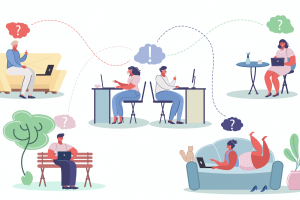If you’ve never heard of this technology, then your first question is most likely, “What is Rich Messaging?” That’s exactly why we wrote this piece. In this article, we will dive into the topic of rich messaging and all of its capabilities and implications. After reading this article, you will have a better understanding of what rich messaging is, why it is an exciting technology, and the capabilities it brings to both businesses and consumers.
What Is Rich Messaging?
Rich Communication Services (RCS) is a method of communication between a smartphone and a cellular service carrier. This messaging protocol aims to replace standard SMS messages with upgraded, interactive messages and supports person-to-person or business-to-person transmission. Senders can attach high-resolution photos and other multimedia to enhance the recipient’s experience.
RCS is likely to be the SMS successor in personal communications and business outreach. SMS messages do not respond as well to encrypted media, handle group chats, or enable other features like read receipts. They also require a cellular connection, which can be limiting. Though SMS is still around, RCS is becoming increasingly popular for personal use and business operations as companies utilize external RCS apps like WhatsApp and Facebook messenger.
There are many ways that RCS impacts businesses directly. Rich messaging means that businesses now have the ability to:
- Capture new customers
- Service customers directly via text, chat, or social media messaging
- Interact with customers in real-time
All of this happens within the messaging conversation with the support of rich media and features that elevate the messaging experience. RCS helps create a solidified and branded experience across all devices since it does not depend upon the recipient’s network.
In this article, we will dive into the topic of rich RCS messaging and all of its capabilities and implications. After reading this article, you will have a better understanding of what rich RCS messaging is, why it is an exciting technology and the capabilities it brings to both businesses and consumers.
Why Expanding Communication Channels Is Important for Businesses
In today’s fast-paced, dynamic marketplace, it is crucial to develop communication channels with your customers in a way that is convenient for them and facilitates lightening fast conversations. Consumers in the modern era are incredibly busy, tech-savvy, and have a massive amount of information at their fingertips. They are not interested in spending any amount of time, unless absolutely necessary, calling a company for help.
Businesses are constantly looking for the next technology that is going to improve and expand conversation, facilitate high-quality customer interactions, and give them an edge over their competitors. That is why more and more businesses are increasingly turning to messaging and rich messaging.
Rich messaging is the next evolution of text messaging, otherwise known as short messaging service (SMS). It is startling to think that the first text message was sent nearly 30 years ago, and yet the experience has not changed much — until the introduction of RCS rich communication messages, that is.
Text messaging has grown in popularity in recent years, specifically as the most common technology used on a daily basis to communicate with family and friends. SMS/text messaging has just as rapidly gained popularity in consumer-to-business communications. Business messaging has quickly gained a foothold as the preferred way to contact companies versus placing phone calls. The next evolution of SMS/text messaging is rich messaging. Let’s dig in some more to rich sms!
How Google and Apple Approach Rich Text Messaging

When we talk about rich messaging, there are two providers, one for iPhone and one for Android devices. Apple and Google are the two giants in the communication space. These two providers are both offering great features via rich messaging; they are just going about it a little differently.
Google and Apple are investing massive resources to convince carriers to adopt the rich messaging protocol. In order to strengthen the relationship with consumers, consumer-oriented businesses are now utilizing technology that both increases meaningful conversation and decreases the inefficiencies of traditional communication methods, like email and phone calls.
Rich messaging is not one of the messaging chat apps like WhatsApp or WeChat. Rich messaging or RCS rich communications is the next stage in text messaging technology that comes with features like read-receipts, group chat, image sharing, video calls, and a never-ending supply of GIFs, emoticons, and animated features.
Apple’s Approach to Rich Messaging
The Apple approach enables businesses to offer a direct line of communication for customers to engage via Apple Business Chat. While Apple uses the word “chat” in their feature, it is really messaging. To digress a moment, web chat or live chat is when consumers engage with a company on desktop devices versus using messaging or Apple Business Chat on their mobile device.
Getting back to Apple Business Chat, a few of the rich messaging capabilities available are the ability to present product choices to customers in a tap-to-pick list, offer calendar availability to allow for appointment scheduling, as well as the ability to complete secure financial transactions using Apple Pay.
Google’s Approach to RCS Messaging
Google has come to market with Google Rich Business Messaging (RBM). The Google approach is to work directly with the carriers to encourage them to adopt the rich communication protocols versus Apple opening up the gates directly to businesses on their platform. The native messaging experience Google offers Android devices also offers exciting rich messaging capabilities such as the ability to share real-time updates, book appointments, and complete transactions within the messaging conversation.
A growing number of organizations are taking advantage of these features. Chicago’s transit system uses the Android approach to allow customers to get directions and arrival times. Redbox is letting their customers browse their product availability, reserve their choices, and locate a station, all within the Android platform. Overstock is using rich messaging to allow customers to receive order information like purchase, shipping, and delivery confirmation, as well as presenting a product review survey.
The Benefits of RCS Messaging Services for Businesses
Messaging and chat applications have provided businesses proof that engaging with consumers in more meaningful ways is one of the keys to driving sales and repeat purchases. RCS business messaging is a great way to interact with customers in a convenient way that is above the noise of all the other chat apps now populating the conversation infrastructure.
Businesses of all sizes can utilize rich messaging to create a more holistic conversation with their customers across multiple networks, from any device. This opens up a lot of opportunities for businesses to improve their brand image, optimize their customer service, increase customer satisfaction, and gain deeper insights into the pain points of their consumers. Below are some of the specific advantages you will gain from using RCS messaging.
1. Cost-Effectiveness
When you use rich messaging, you know you will gain competitive business advantages through a solution that is easy on your budget. The Global System for Mobile Communications Association (GSMA) has implemented a universal profile that pulls APIs, display formats, and brings other technological complexities together into one economical and easy-to-use format.
Rich messaging also helps your organization save money by reducing customer support costs. When consumers need to talk to someone at your business, they can speak to knowledgeable agents through your rich messaging platform. You will reduce the need to provide the hardware and staffing required to run a full customer service call center, and you will be able to use those savings to invest in other areas of your business.
2. Real-Time Insights
Using rich messaging, companies gain access to conversation analytics that provide the real-time insights they need for improvement and success. Rich messaging also provides reports on click rates and other helpful interaction metrics.
Businesses can use rich messaging’s real-time capabilities to keep consumers informed and satisfied. You might provide them with real-time order confirmation, delivery updates, and product announcements, for instance.
3. Increased Engagement
 Text message marketing through rich messaging enables businesses to boost consumer engagement through rewarding communications. Using rich messaging, your company will engage in meaningful conversations through SMS marketing and business texts that keep consumers informed about and interested in your brand. Your business might also use rich messaging to drive loyalty programs that engage and retain customers.
Text message marketing through rich messaging enables businesses to boost consumer engagement through rewarding communications. Using rich messaging, your company will engage in meaningful conversations through SMS marketing and business texts that keep consumers informed about and interested in your brand. Your business might also use rich messaging to drive loyalty programs that engage and retain customers.
4. Streamlined Shopping, Scheduling, and Paying
One integral benefit of rich messaging is its enhancement of various consumer activities, from online shopping to appointment scheduling to making payments.
Rich messaging platforms transform the way customers shop by making online purchases more fun and convenient than ever before. They give consumers options for browsing, selecting, and purchasing items, all within the convenient messaging window. When shoppers have questions, support agents are readily available and have a full suite of tools, such as video options, at their disposal to enhance consumer shopping conversations.
Consumers can also schedule appointments with just a few clicks of their mouse and pay for products and services with platforms like Apple Pay, Google Pay, or PayPal.
5. Security
In addition to streamlining connections between your organization and its consumers, rich messaging offers dependable security and peace of mind. Rich messaging provides a secure, protected environment for fruitful conversations to take place.
Today’s consumers often seek out trustworthy businesses that have stringent data privacy measures to protect sensitive data. Rich messaging offers consumers the confidence of knowing their messages are going through a reputable organization with enhanced security protocols.
6. Repeat Purchases
Rich messaging tends to make repeat purchases easier and more likely. When consumers experience seamless, convenient shopping through a rich messaging platform, they are more likely to return for future purchases. If a business uses its rich messaging capabilities to develop quality customer loyalty programs, it will boost customer retention and repeat purchases even further.
Contact Us
How Companies Are Successfully Using Rich Messaging
A highly regarded aspect of rich messaging is the diversity of interactions between consumers and businesses. There are a few different ways that companies use rich messaging in everyday interactions with their consumers.
One example of rich messaging is online chat boxes that pop up when shopping. These chat boxes turn questions or concerns into actionable conversations. The chatbot handles the consumer’s problem, and businesses build their reputation for exemplary customer service.
Business text platforms may change to meet consumers’ needs. In one of our case studies, a contact from Little Spoon notes how their rich messaging service to check order confirmation details quickly became a question line for mothers. Parents could easily ask the company’s employee representatives questions and talk to them as though speaking to a friend. In this instance, Little Spoon’s stakeholders learned and adapted to suit their customers’ needs so they felt heard.
Regardless of how companies use a rich messaging system, the impact remains steady. Rich messaging gives consumers a better experience with the brand while allowing businesses to communicate more effectively with their customer base.
Bottom Line – Rich Messaging Is the Future
The future is coming and it’s coming fast. Businesses across every industry need to shore up their messaging infrastructure in order to remain relevant with consumers. There is significant data that shows traditional customer communication channels, like phone, email, and web chat, have already fallen to the bottom of the preference list. Companies must have the right plan and platform in place that allows them to react to the current change in customer preferences, as well as the future changes rich messaging offers.In addition to creating a solid foundation for the future, rich messaging offers businesses a greater reach than traditional methods due to the increasing adoption of GSMA’s standards. Major mobile carriers like T-Mobile and AT&T, as well as the OEM’s, namely Samsung, Apple, and Google, have already begun adopting rich messaging technology. More major players are expected to adopt it in the future.
The universal support across Google’s Android network gives every company a wide array of platforms and devices to utilize rich messaging. The emergence of Apple iMessage adopting rich messaging capabilities provides an even bigger boost to both consumers and businesses alike. A2P processes have brought about a boom in interest, investment, and adoption of rich messaging technology and services.
To enhance your SMS text strategies with a rich messaging platform, partner with Quiq. Our platform enables messaging communications that promote personalized engagement between companies and consumers. We help businesses connect via methods their customers are already familiar with, including text messaging, web chat, and social media.
The possibilities and opportunities for implementing rich messaging into current marketing and customer experience initiatives have never been better. If you are interested in learning more about rich messaging and what it can do, you can read more, or schedule a demo today to learn more about our platform.
Request A Demo


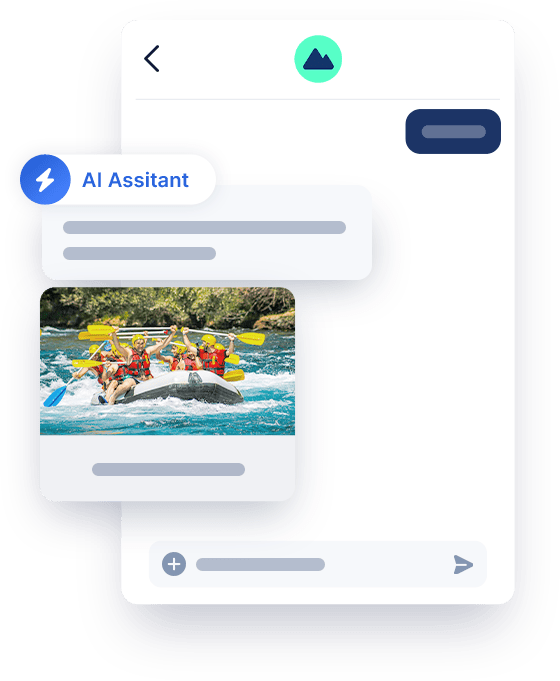
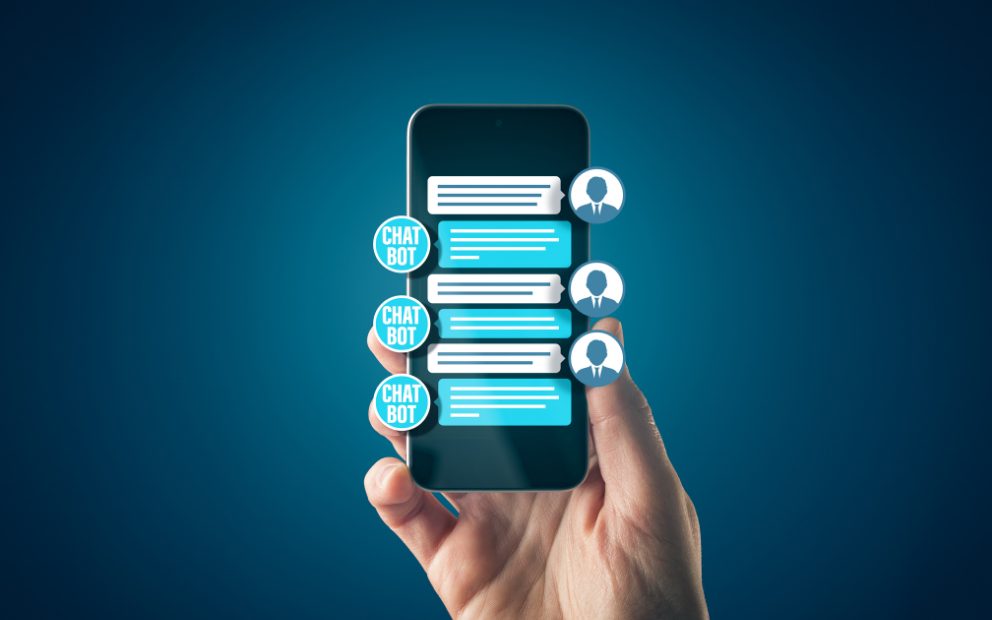



 Pella partnered with Quiq to implement messaging and went live with the platform in January of 2020 within the corporate contact center. The plan was to start with a subset of their customers and agents, build something and then learn from it.
Pella partnered with Quiq to implement messaging and went live with the platform in January of 2020 within the corporate contact center. The plan was to start with a subset of their customers and agents, build something and then learn from it.

 Suppose a conversation was progressing rapidly and is clearly not concluded. The customer has gone dark for the last 30 minutes, perhaps because they stepped into a meeting. What should we do with this conversation? We can’t throw it away because we know it’s not done yet, but it’s wasteful if it continues to occupy an agent session and keep the agent from helping others.
Suppose a conversation was progressing rapidly and is clearly not concluded. The customer has gone dark for the last 30 minutes, perhaps because they stepped into a meeting. What should we do with this conversation? We can’t throw it away because we know it’s not done yet, but it’s wasteful if it continues to occupy an agent session and keep the agent from helping others. 

 John Buxton, SVP and CIO at Black Hills recalls how his organization started to see high abandonment rates and long wait times. As he recalls, “it just didn’t feel like we were maybe providing the service that we wanted to.”
John Buxton, SVP and CIO at Black Hills recalls how his organization started to see high abandonment rates and long wait times. As he recalls, “it just didn’t feel like we were maybe providing the service that we wanted to.” Normally, IH Mississippi would use email and phone calls to contact these members. This process was time-consuming and usually didn’t yield a high response rate. The team now uses messaging which has reduced processing time and boosted response rates.
Normally, IH Mississippi would use email and phone calls to contact these members. This process was time-consuming and usually didn’t yield a high response rate. The team now uses messaging which has reduced processing time and boosted response rates.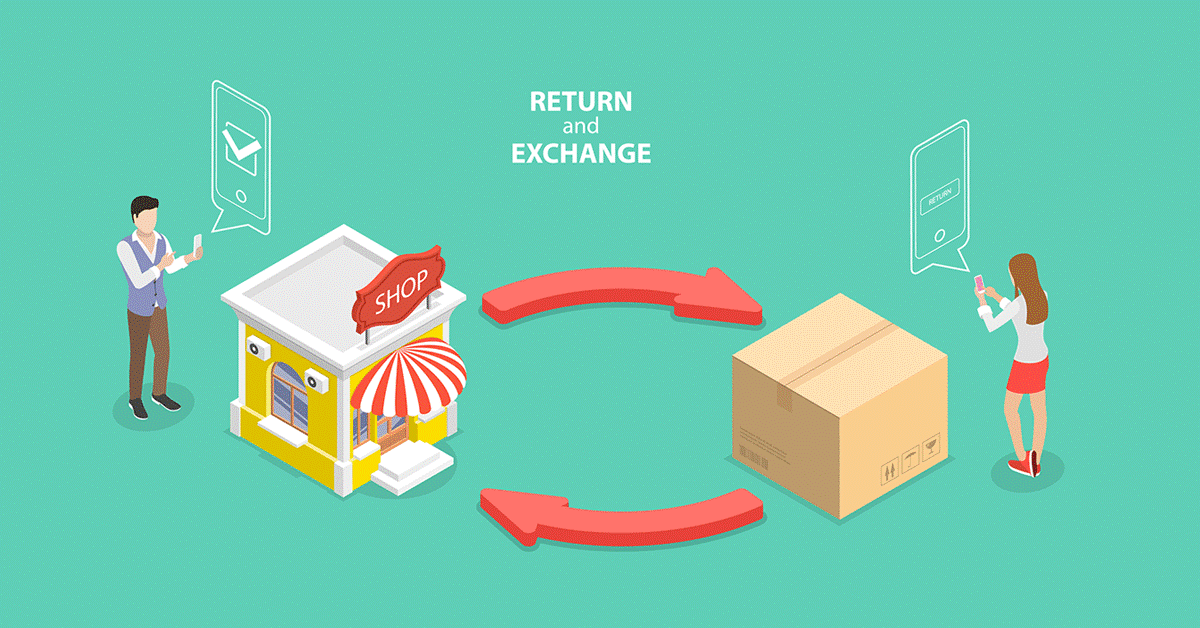
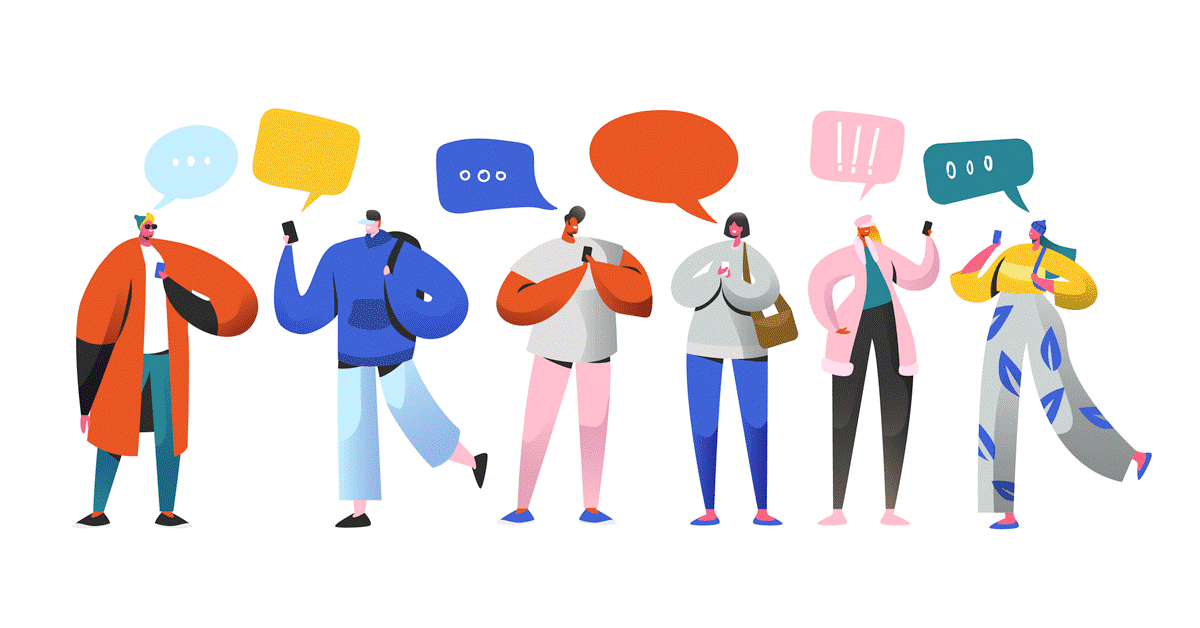


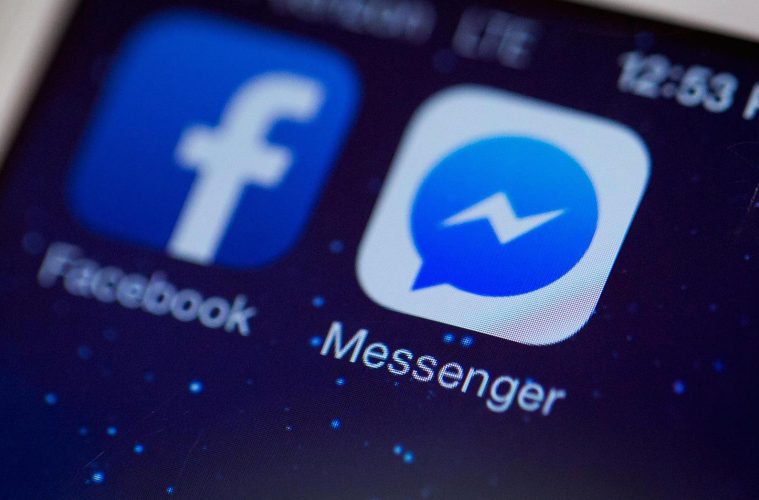









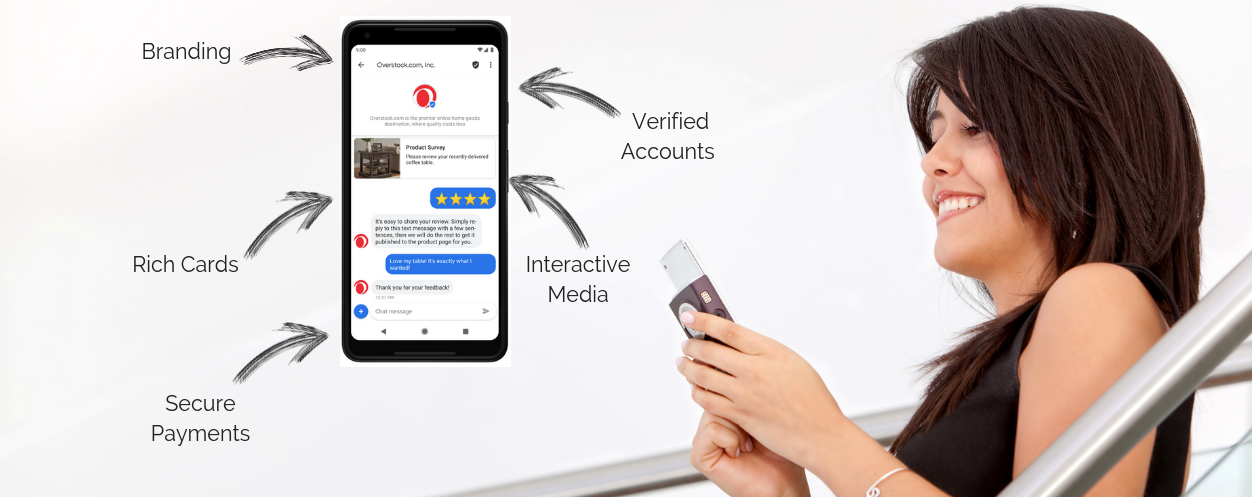



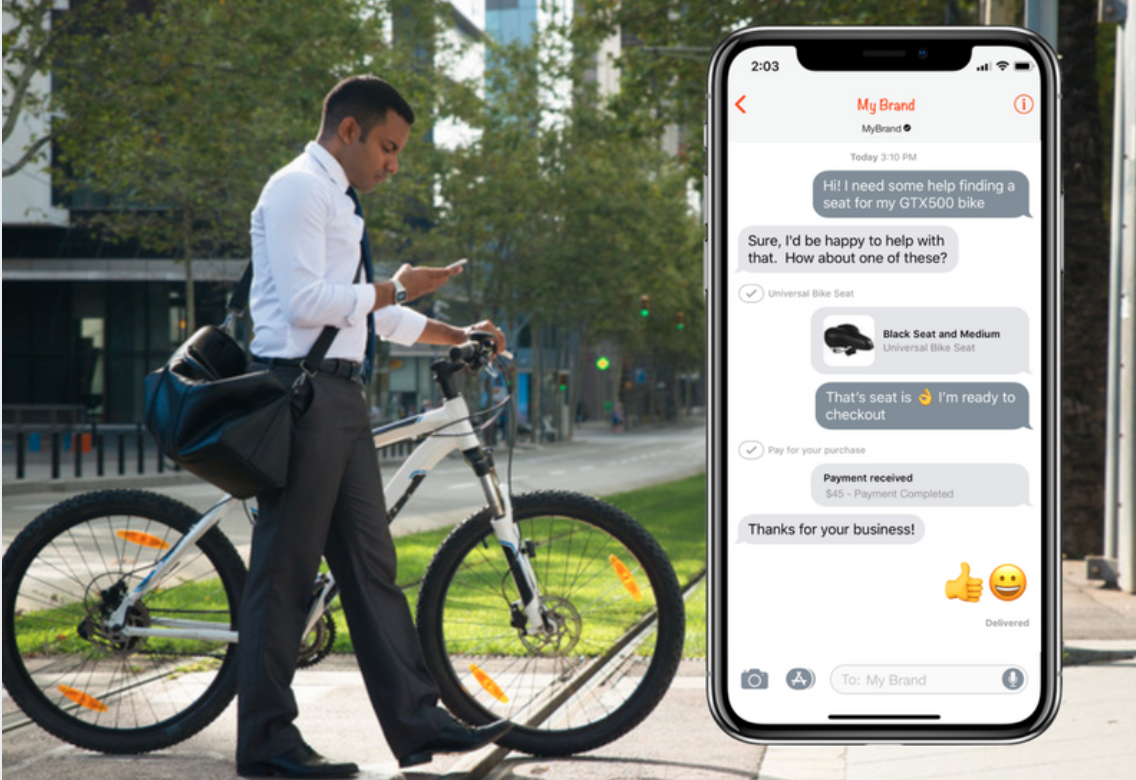
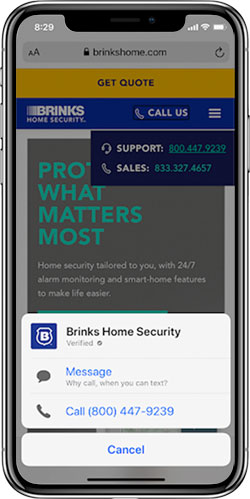 A Messaging Service Provider (MSP) manages customer message routing between Apple Business Chat and the business. Think of a MSP as an intermediary that allows a customer service team to respond efficiently from their desktops to what customers send from their iOS Messaging apps.
A Messaging Service Provider (MSP) manages customer message routing between Apple Business Chat and the business. Think of a MSP as an intermediary that allows a customer service team to respond efficiently from their desktops to what customers send from their iOS Messaging apps.
